Thu, Apr 6th 2023
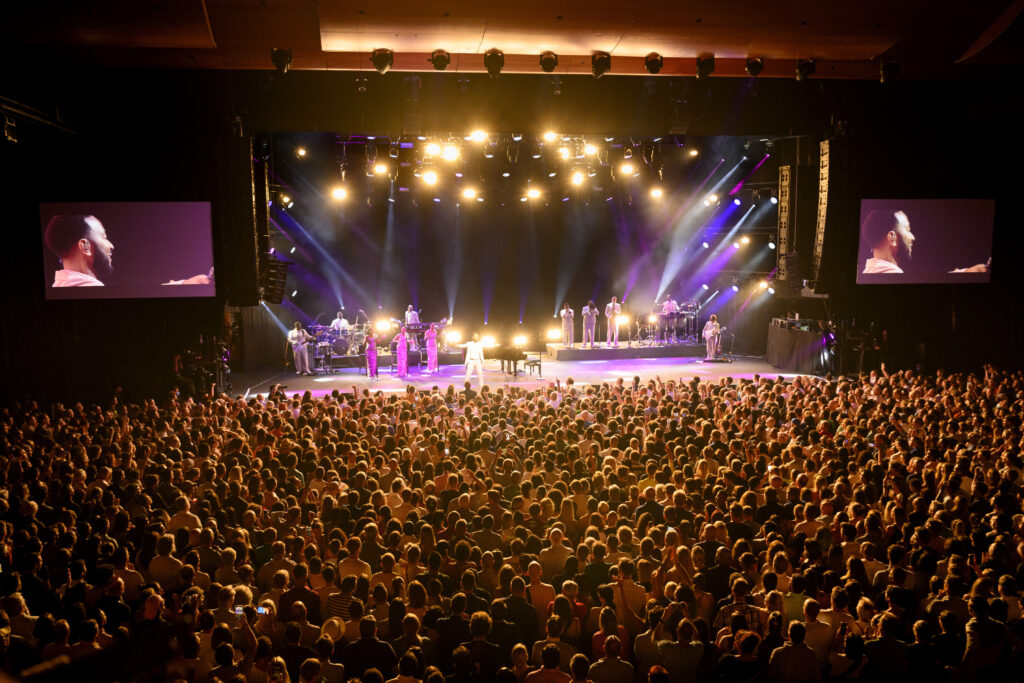
For the past 50 summers, hundreds of thousands of people have come to Montreux Switzerland to see some of the biggest acts in music – artists like Pink Floyd, Led Zeppelin, Van Morrison, B.B. King, Etta James and Eric Clapton.
This year’s line-up is no slouch either – with Bob Dylan, Iggy Pop, Norah Jones and Janelle Monae – and ticket sales open today. Securing a ticket to any of these acts is a tell-the-grandkids anecdote of ‘I was there’, right in the presence of some of the greatest experimentalists, performers, and instrumentalists you’re ever likely to see.
This is one of the biggest and best festivals of the year, every year, of any genre, anywhere: For two weeks in midsummer (June 30th-July 15th), Montreux becomes the center of the musical world, with more than 200,000 people hitting its grassy lawns to enjoy the crème de la crème of the world’s music.
So what is it about Montreux Jazz Festival that makes it so special? Is it the history? The setting? The commitment to exciting new talent, or maybe the honoring of already-established giants? In reality, it’s a magical combination of all of these factors that renders the Swiss festival a heady and fabled musical elixir.
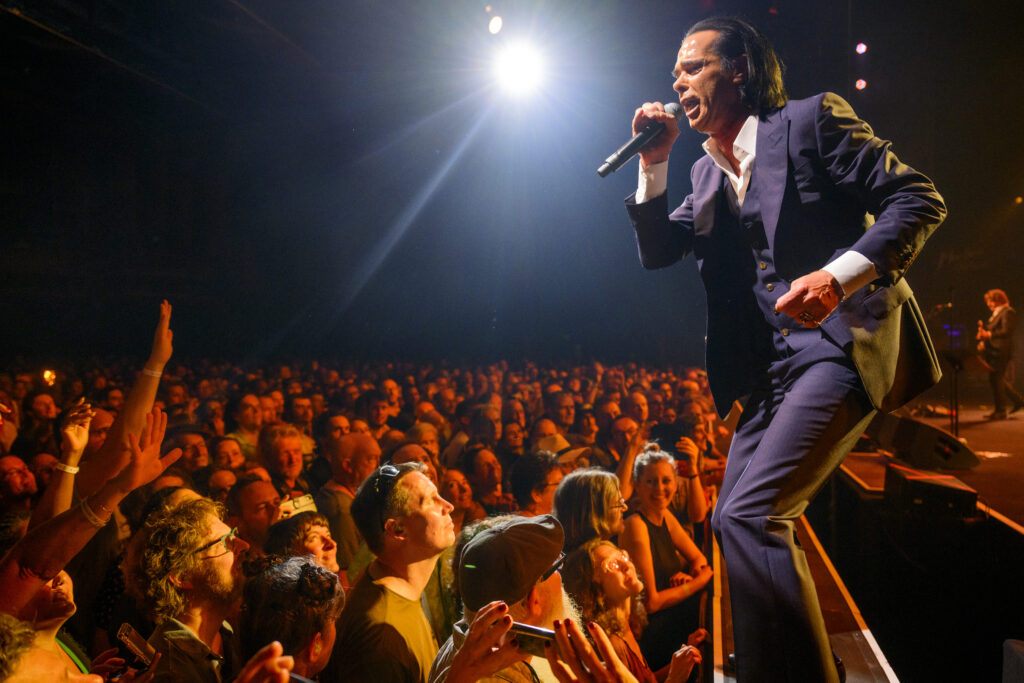
The festival’s humble beginnings can be traced back to Montreux native Claude Nobs. In 1967, Nobs was working as director of the Tourism Office of Montreux, and he decided, with the help of two friends and a budget of 10,000 francs, to stage a three-day festival in Montreux Casino, on the shores of Lake Geneva.
It was an immediate success, both in Switzerland and abroad, and Nobs pretty soon decided the direction the festival would take – namely, as an international gathering for those who loved to play, and those who loved to listen to, jazz. The festival went from strength to strength, and since then, the biggest legends in jazz have graced its hallowed halls and lawns including Nina Simone, Herbie Hancock, Ella Fitzgerald, and Miles Davis.
In the 1970s, it opened up to accommodate other genres and reflect the changing tastes of the time. Blues, rock, and soul began to feature heavily on the programme, and Deep Purple, Led Zeppelin, Marianne Faithful, and Pink Floyd were just some of the acts to feature.
In the 1990s, with cooperation from the legendary Quincy Jones, the festival attracted even more diverse acts, from Santana and New Order to Parliament-Funkadelic, Radiohead, and Eric Clapton. Since then, it proudly encompasses (and celebrates) musicians and music from all continents, genres, languages, and backgrounds. Undoubtedly, its strength is in its diversity.
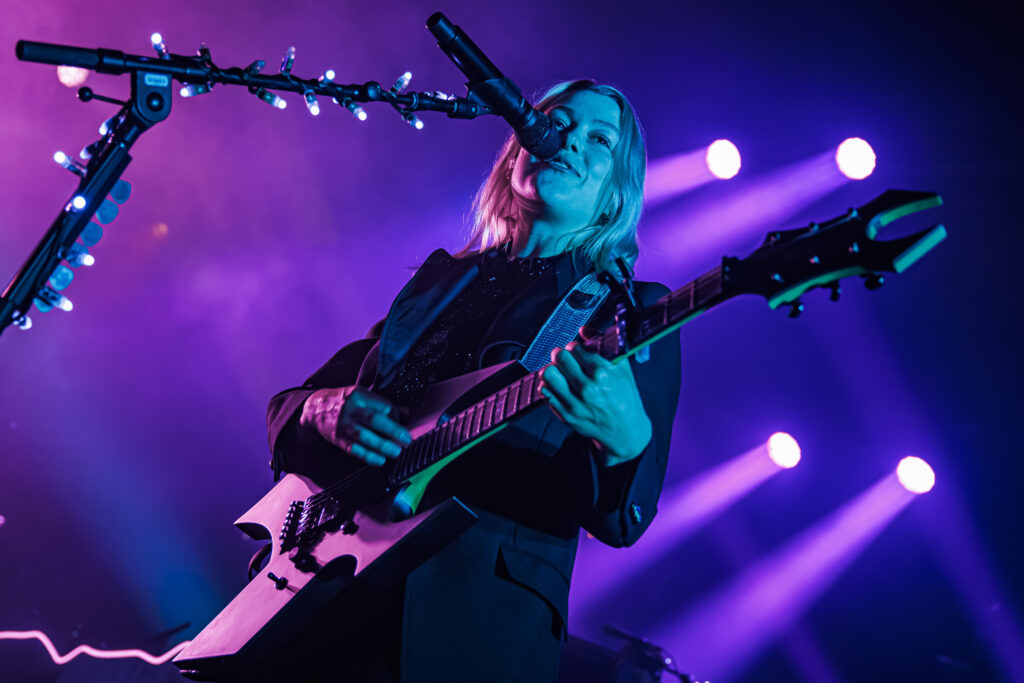
In a history spanning fifty years, and on stages that have seen some true luminaries, it’s no surprise that the stories from Montreux are both legendary and historic.
One of the most famous is the tale of Frank Zappa’s performance in Montreux Casino during the 1971 edition of the festival. During his set, an audience member fired a flare gun at the ceiling, resulting in a severe fire that burned the casino to the ground.
Deep Purple was in Montreux at the time and were using the casino as a recording space for Machine Head, their sixth studio album. The experience of having their recording studio burn down, and witnessing the dark smoke wafting over Lake Geneva as a result, led them to pen the iconic ‘Smoke on the Water’, the fifth track on Machine Head.
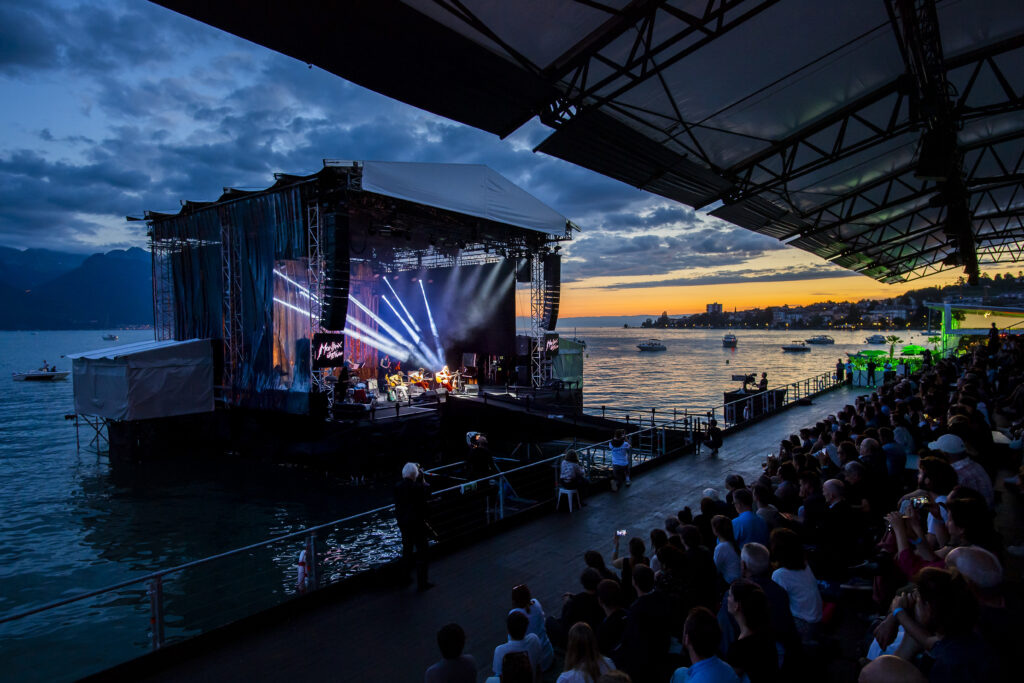
As well as featuring some of the best performers in the world, some of the best live albums have been recorded at Montreux, under the Live at Montreux moniker. One of the most memorable, legendary, and career-defining was Nina Simone’s 1976 appearance. Simone had just left Liberia, where her career and finances had fallen apart, to live in Switzerland. She was destitute and suffering intensely from the remnants of an abusive marriage, a career that was flailing due to her Civil Rights activism, and the death of many close friends.
This performance represents her tentative steps back into the limelight, and her pain and uncertainty are palpable – she bares her soul on stage, and her quivering voice and unsteady demeanour are, at times, difficult to watch. The highlight is undoubtedly her cover of Janis Ian’s ‘Stars’; here, Simone displays a particular intensity, vulnerability, and unwavering talent that left her audience feeling both awed and incredibly uneasy.
Simone was not the only musician to spend considerable time here, as Freddie Mercury, David Bowie, and a host of others also frequented its shores. And when you look at the beautiful surroundings, it’s clear why.
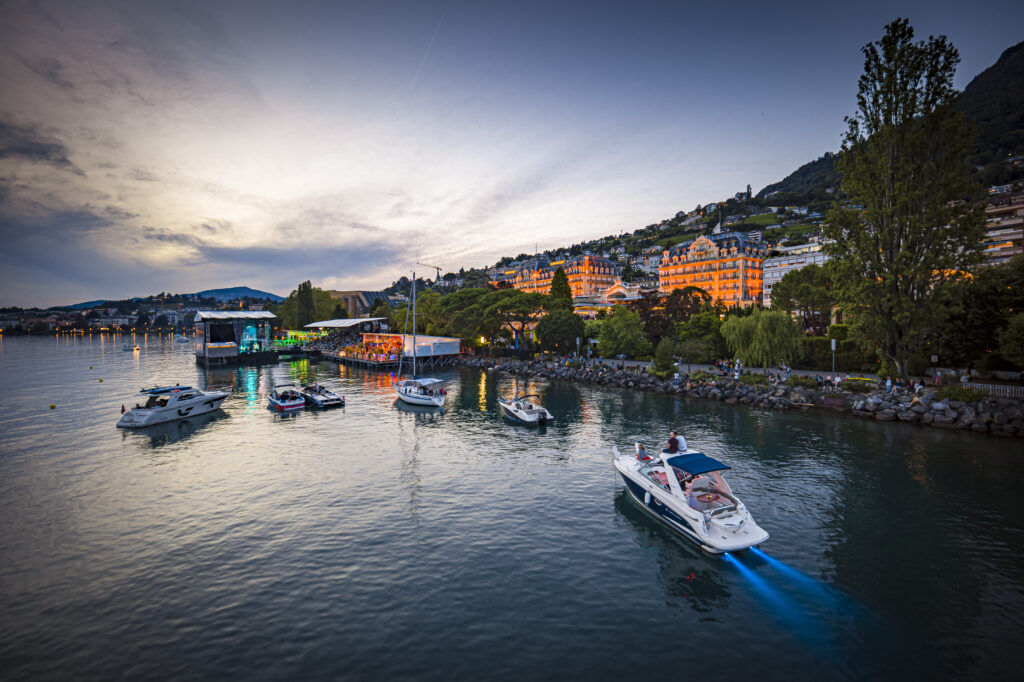
The setting of Montreux only adds to the mythical status and success of the festival. Nestled between the majestic Alps and the shores of the glistening Lake Geneva (but please call it Lac Lèman if you are around locals), the terraced vineyards of Lavaux and hundreds of stunning Belle Epoque hotels competing for your attention, Montreux is a place where romance and Swiss history come to life.
It comprises the perfect backdrop to the festival, and watching the sun set over the lake, cool beer in hand, as you groove out to whatever act you happen to find yourself in front of, is truly the highlight of a Swiss summer. And if you can’t snag a ticket to one of the big acts, the festival also puts on pool parties, jam sessions, workshops, and electro all-nighters, as well as silent discos and DJ sets. So there is really something for everyone here, and more importantly, for every budget – out of the eleven stages at the festival, six are free, and out of the 380 concerts, 250 are free.
In fitting testament to founder Claude Nobs, who passed away in 2013, UNESCO named the audio-visual archives of the festival, listed under the UNESCO ‘Memory of the World’ register, as “The Claude Nobs Legacy.”
We will leave it to one Mr. Quincy Jones to have the last word: “You can’t describe it, words don’t do it justice. You just have to come and experience it.”
This article may be freely shared and re-printed, provided that it prominently links back to the original article.
